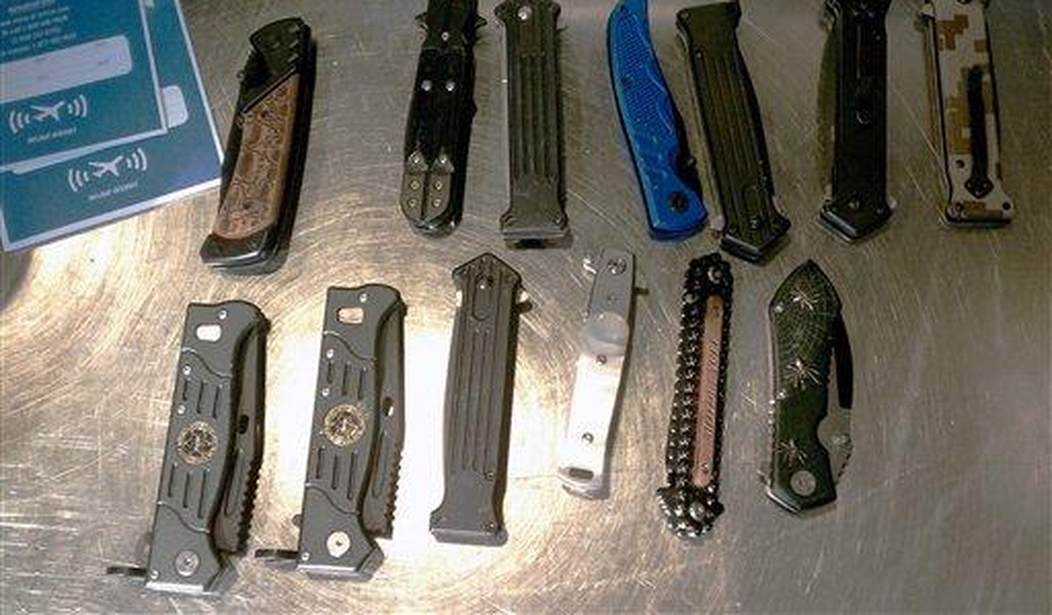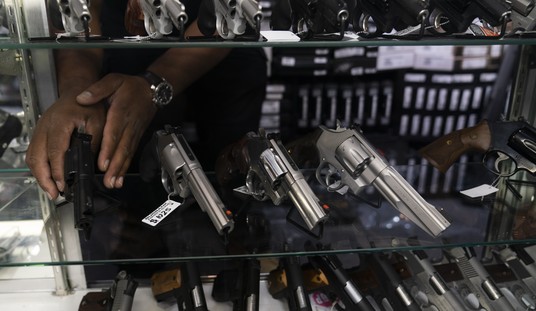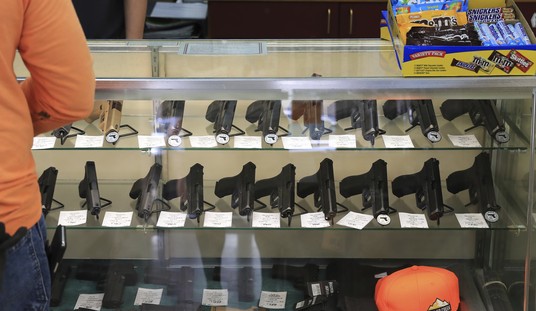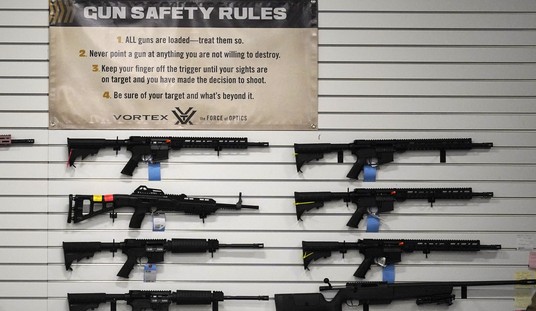The state of Hawaii’s hostility towards the right to keep and bear arms isn’t just limited to guns. Since 1993 the state has also banned the possession and sale of butterfly knives; making it a misdemeanor to “knowingly.. manufacture, sell, transfer, transport, or possess” a butterfly knife, with no exceptions.
A three-judge panel on the Ninth Circuit Court of Appeals, however, says Hawaii’s law is a violation of the Second Amendment’s protections, and on Monday the panel threw out a lower court decision upholding the ban, remanding the case back to district court for “further proceedings consistent” with the panel’s opinion.
This is obviously great news for knife owners and those who’d like to possess a butterfly knife without fear of criminal prosecution, but the panel’s findings also undercut, at least to some degree, one of the avenues we’ve seen used by judges around the country to uphold bans on modern sporting rifles and so-called assault weapons. When those judges are looking around for historical analogues to buttress their position, many have pointed to several 19th-century bans on the possession of Bowie knives, ruling that those regulations are close enough to bans on AR-15s and other semi-automatic firearms that they serve the “history, text, and tradition” test laid out by the Supreme Court in Bruen.
According to the Ninth Circuit panel, however, those same laws aren’t even close enough to apply to Hawaii’s ban on butterfly knives.
The vast majority of the statutes cited by Hawaii did not ban the possession of knives; they regulated only their carry. True, four of these statutes (by our count) banned the possession of slung-shots, metal knuckles, and an undefined category of “deadly weapons.” But no statute cited by Hawaii categorically banned the possession of any type of pocketknife.
Hawaii’s best historical analogue is an 1837 Georgia statute. That statute states that no one shall “keep, or have about or on their person or elsewhere . . . Bowie, or any other kind of knives.” 1837 Ga. Laws 90. It is not apparent to us that “other kind[s] of knives,” would have been understood to include pocketknives. Even so, the Georgia statute must have permitted at least some possession of knives because it provided an exception for open carry. Id. It thus was substantially less restrictive than the Hawaii statute at issue here. And even if it were analogous to section 134-53(a), one solitary statute is not enough to demonstrate a tradition of an arms regulation.
Of the remaining knife-regulating statutes cited by Hawaii, the most restrictive category banned the sale of bowie knives, Arkansas Toothpicks, dirks, or daggers. The second-most restrictive category banned the carry of such weapons, concealed or otherwise. But even these two categories are outliers. The vast majority of the statutes cited by Hawaii prohibited the concealed carry of bowie knives, Arkansas Toothpicks, dirks, daggers, or other “deadly weapons.
…
Notably, the cited statutes regulated kinds of knives that are distinct from butterfly knives. The butterfly knife is clearly more analogous to an ordinary pocketknife than to an Arkansas Toothpick or a bowie knife. And none of the statutes cited by Hawaii prohibited the carry of pocketknives, much less their possession outright. Four of these statutes, in fact, exempted pocketknives by name.
This historical background makes our analysis relatively “straightforward.” Bruen explained that when a challenged regulation addresses a general societal problem that has persisted since the 18th century, the lack of a distinctly similar historical regulation addressing that problem is relevant evidence that the challenged regulation is inconsistent with the Second Amendment. Likewise, if earlier generations addressed the societal problem, but did so through materially different means, that also could be evidence that a modern regulation is unconstitutional.
Here, the 1999 Hawaii Legislature addressed the perceived social problem of an “increasing trend in minors and gang members armed with knives and daggers,” who preferred butterfly knives “as they are easy to conceal and are more intimidating when brandished.” But the problem of people using easily concealable, foldable knives in violent crimes predates 1999 by hundreds of years.
…
Thus, section 134-53(a) purports to “address[] a general societal problem” of easily concealable, foldable knives being used in crimes—a problem that “has persisted since the 18th century.” But Hawaii cites no analogues in which Congress or any state legislature imposed an outright ban on the possession of pocketknives to remedy this problem near 1791 or 1868. “[E]arlier generations addressed the societal problem” of knife violence “through materially different means” other than outright bans on certain types of pocketknives, which goes to prove that section 134-53(a) violates the Second Amendment.
Note that the Ninth Circuit panel took steps to differentiate butterfly knives from Bowie knives, which looks to me like an attempt to say that some prohibitions on modern day arms may be okay, but even there the three judges concluded that the historical statutes Hawaii cited in favor of its outright ban didn’t go nearly as far as the complete prohibition on the purchase, sale, possession, and transfer of butterfly knives.
The Ninth Circuit decision in Teter v. Lopez doesn’t guarantee that the appellate court has seen the light when it comes to similar bans on modern sporting rifles, but if judges deploy the same logic used to overturn Hawaii’s ban on butterfly knives it’s difficult to see how they could let a prohibition on “assault weapons” remain in place. Just like with knife-involved crime, crimes where guns are used are nothing new. Complete prohibitions on the sale and possession of entire classes of firearms, on the other hand, are historical outliers far outside the history, text, and tradition of our right to keep and bear arms. The advancement of multi-shot revolvers and repeating rifles in the 19th century represented a sea change in firearms technology similar to that of semi-automatic firearms in the 20th century, but they did not lead to the kinds of prohibitions on the sale, manufacture, and possession of those arms that we’re witnessing in blue states today when it comes to “assault weapons”.
I think the Ninth Circuit panel did its best to limit the scope of their ruling, but 2A attorneys will undoubtedly point to Teter as they challenge “assault weapon” bans in states like California, Hawaii, and Washington, as well as other locales beyond the Ninth Circuit’s jurisdiction. Regulations on the time, place, and manner of carry may be constitutional, depending on their specifics, but an outright ban simply doesn’t comport with our traditional view of the Second Amendment’s protections.









Join the conversation as a VIP Member